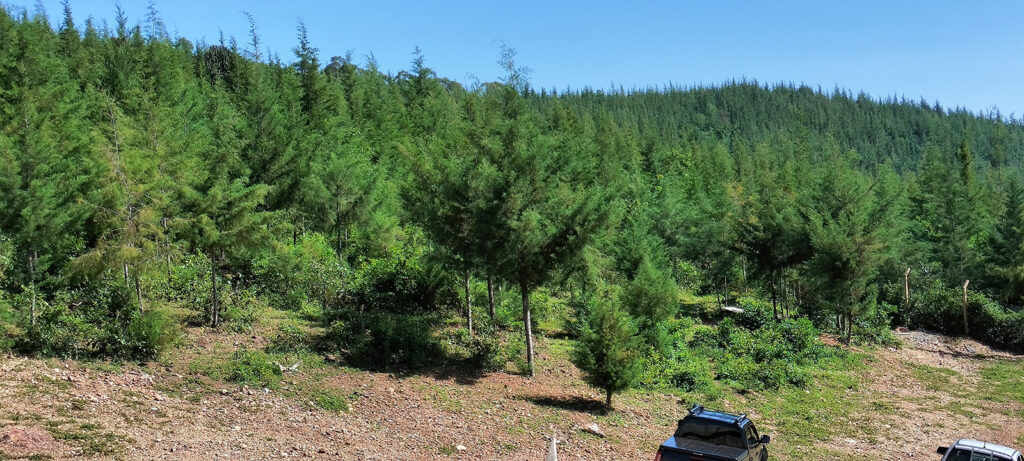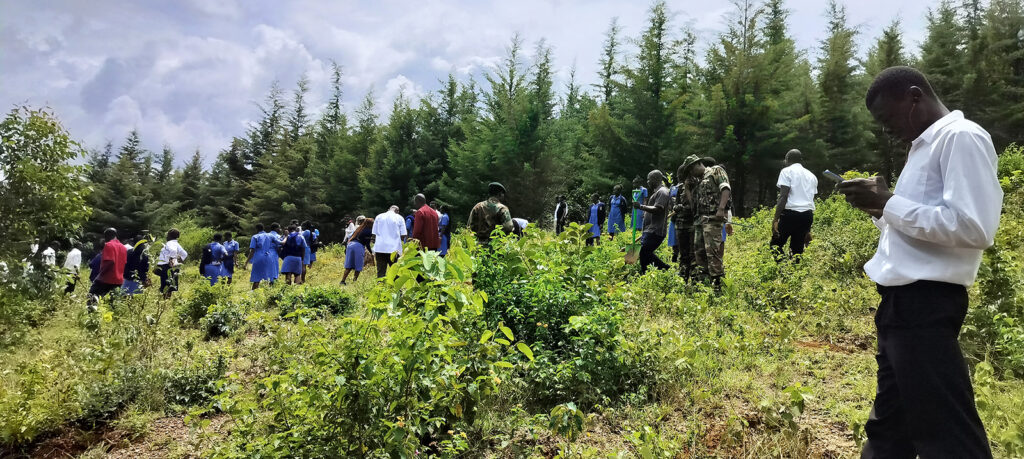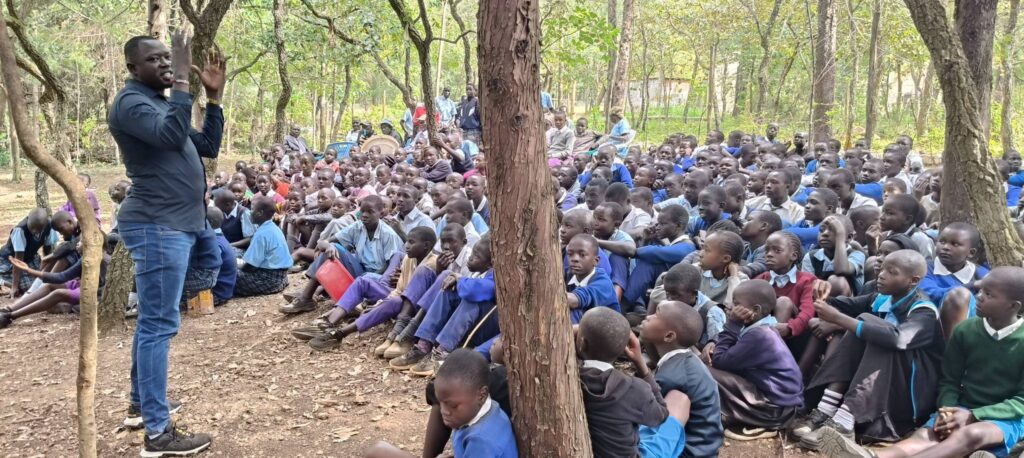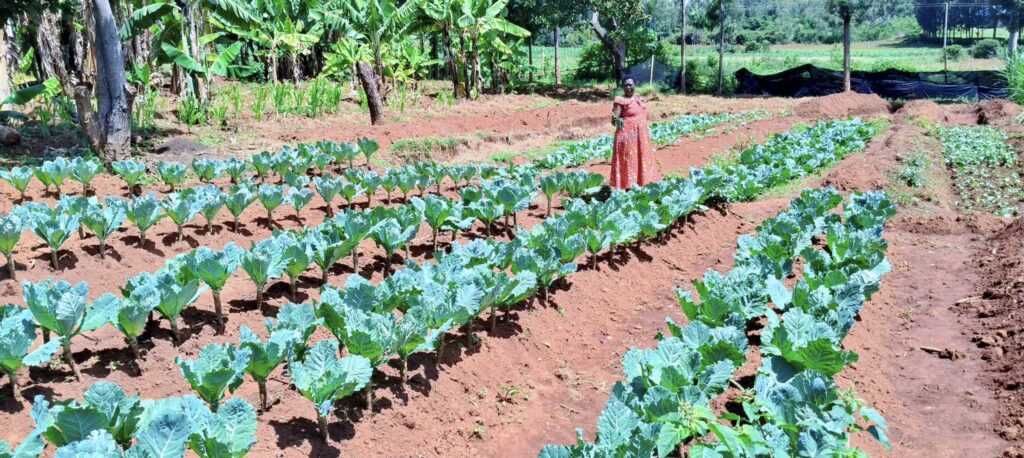In the year 1963 downwards, it had a lot of indigenous species rich in cultural biodiversity such Aremo, Anjago, Adugo, Aremo, Athuno, Ochuoga, Kuogo, Sangla, Arupiny, Pedo, Amoyo, among others. The trees of high medicinal value include Simba rara, Ochuoga, Atego, Pedon and many others. The trees that produce fruits include Chwa, kuomu, Nyamit Aminga, Nyatongolo, Jwelu etc.
However, the increased population including those of civil servants such teachers, emergence of developments, expansion of oyugis market then, now town-, created ready market and high demand for timber, charcoal. fire wood and other forest related products. These factors pushed and pulled the community living around the forest to carryout illegal logging for timber and bricks burning, charcoal burning for sales, and firewood to eke out a living. There were also incidences of forest fires from charcoal burning. These activities resulted into massive destruction of the forest leading to loss of biodiversity, serious soil erosion, erratic and reduced rainfall around the area. The situation was made worse by the negative impacts of climatic changes.
However, the trend is steadily improving through symbiotic strategic working partnerships between Wire Forest management Association (WIFOMA)CFA, Kenya Forest Services KFS and other stakeholders.






